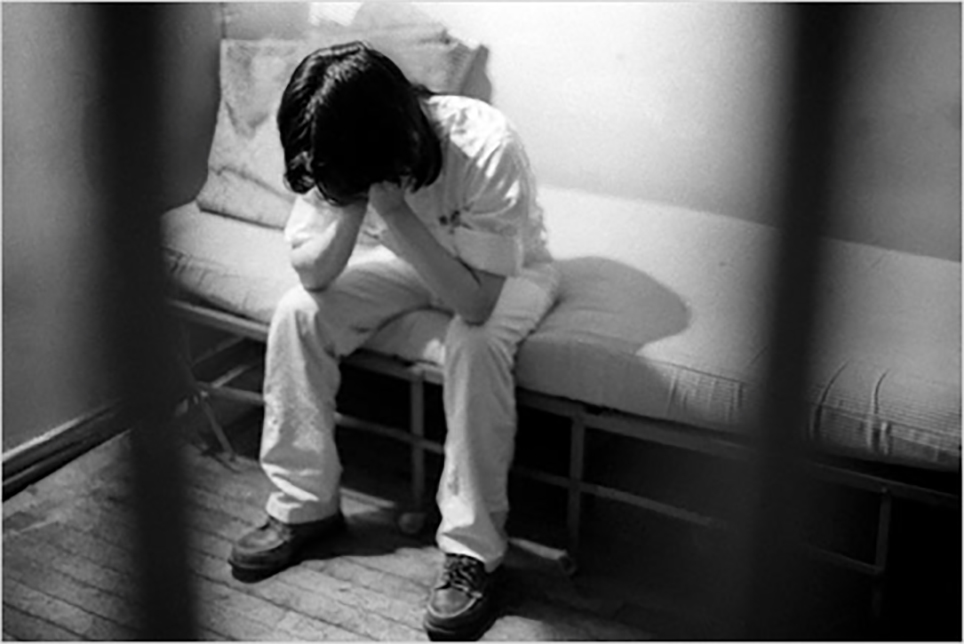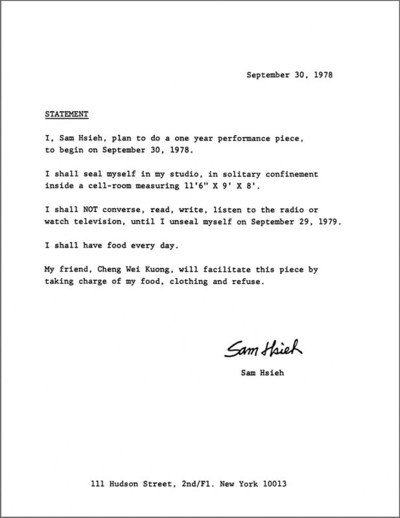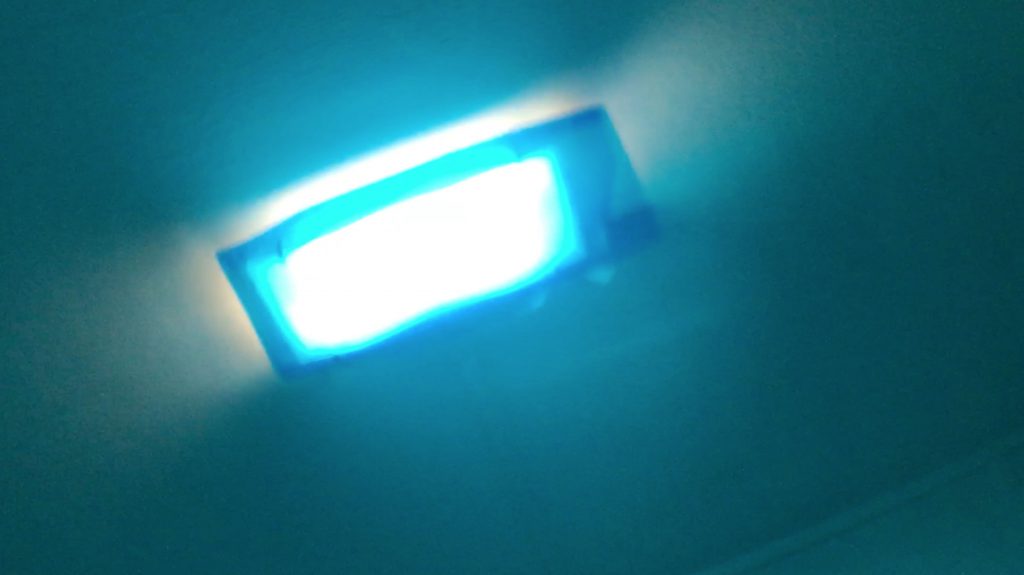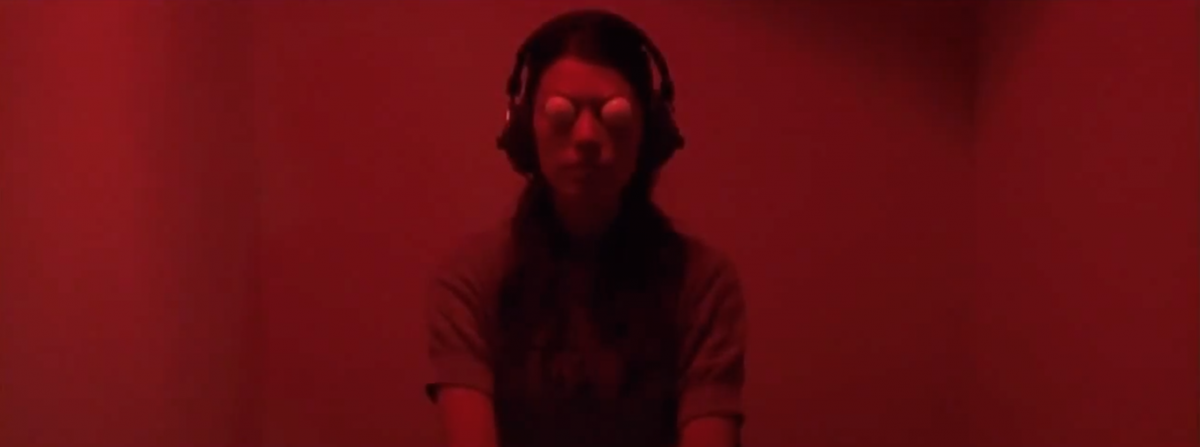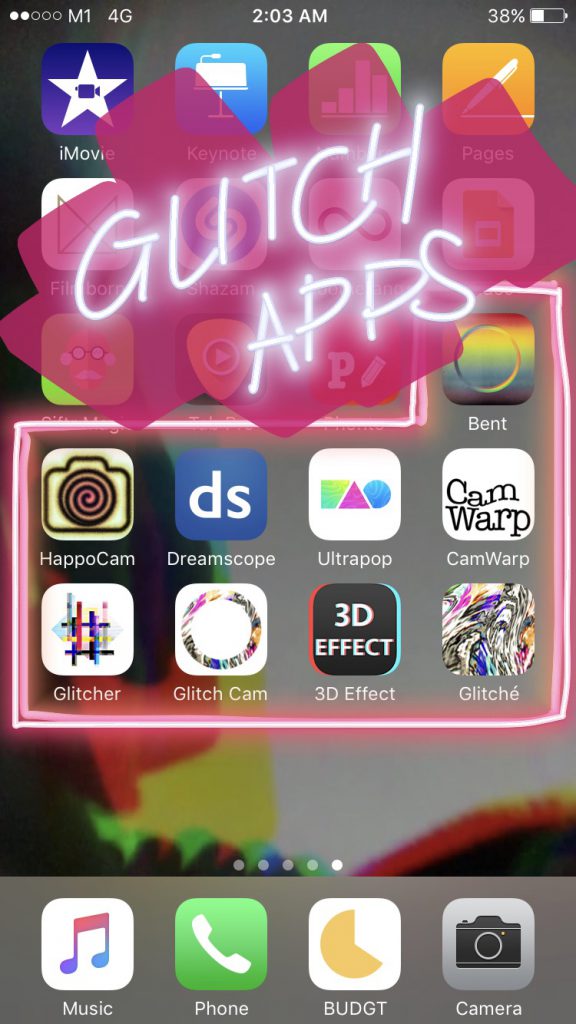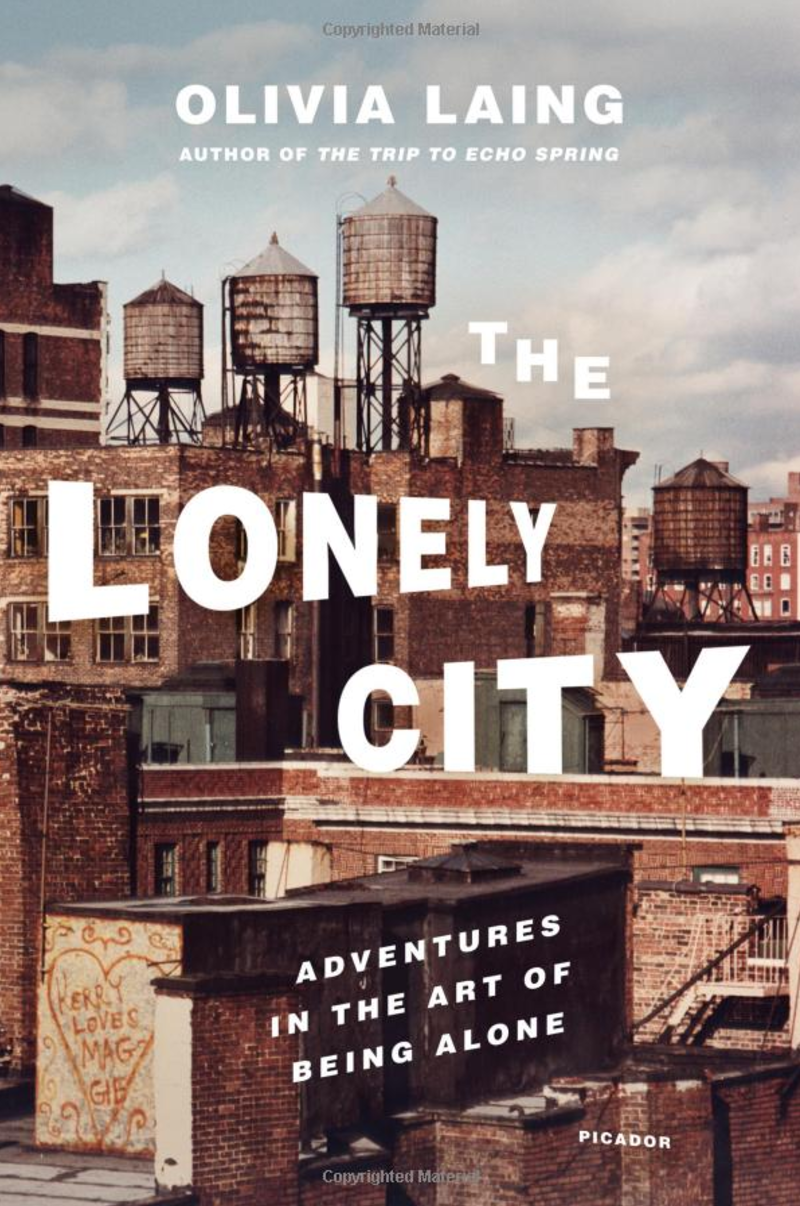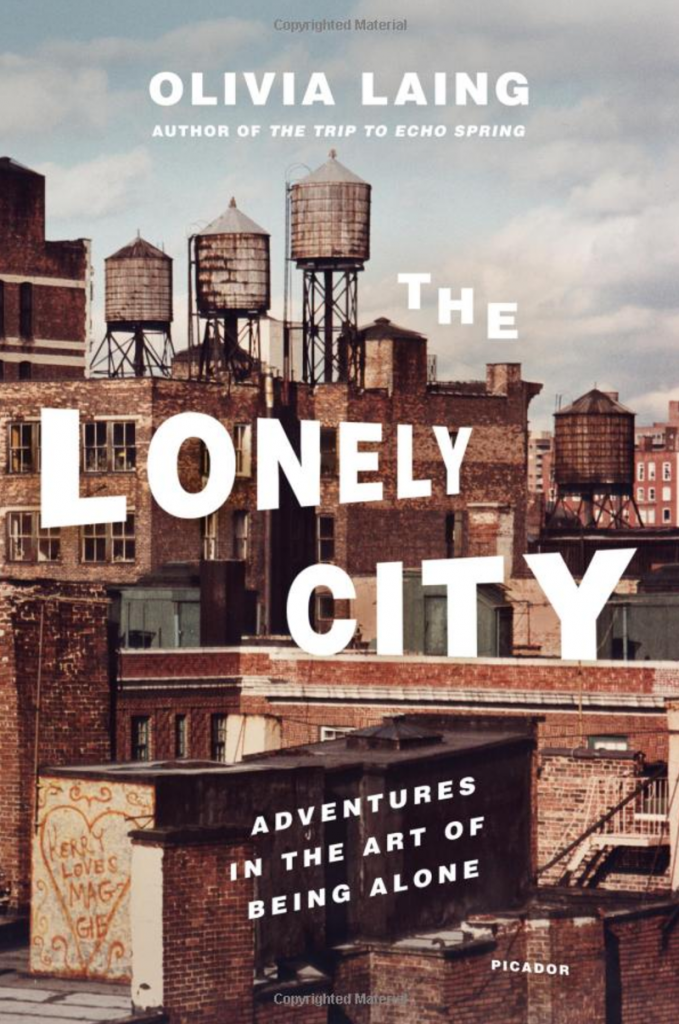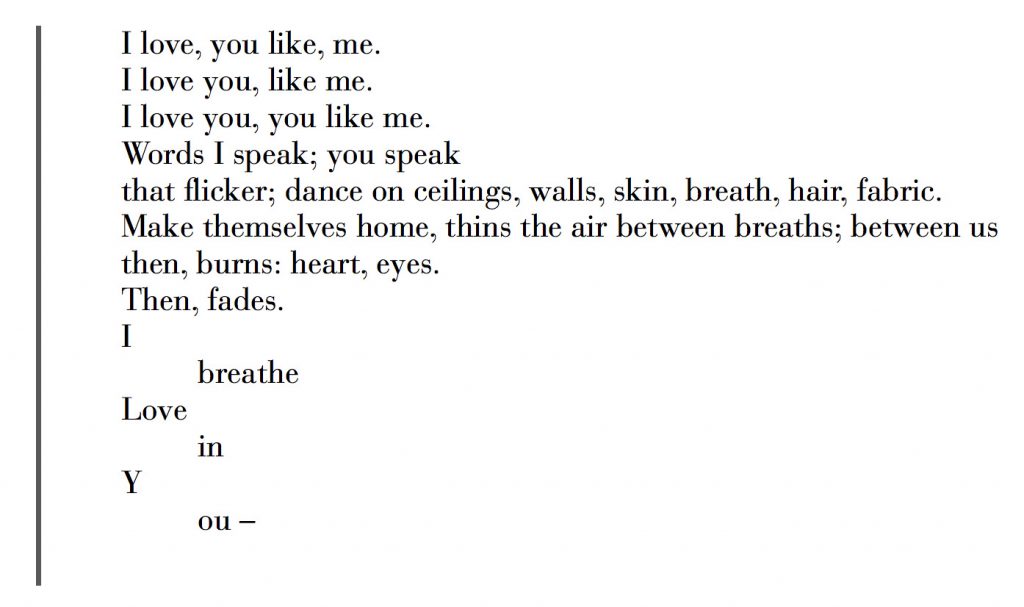Artist’s statement:
In this installation, the viewer is invited to witness the subjective mind-space as experienced by the artist during increasingly frequent depressive episodes. e embodiment of ‘the cold’ occupies and transforms the mind-space. e artist, trapped in her own madness and the suffocatingly sterile mind- space, seeks ‘the warm’.
Trying/failing.
Trying/tiring.It is here again.
The viewer, upon entering the work stands between two clocks. The one behind him runs as a normal clock runs. The one in front of him is reflected, as if in a mirror, and runs backward. The viewer understands that the reality presented before him is not reality as perceived by most. Instead, it is a warped and unapproachable reality that the viewer has been invited to (or accidentally stumbled on) witness.
This installation is representative of the artist’s mind-space when experiencing bouts of depressive episodes. This alternative ‘subjective’ space is delineated from the ‘objective real world’ by means of a reflected clock and the blue light emitting from the fluorescent lighting, which contrasts with the warm lighting that occupies the ‘objective real world’.
This blue light, shielded by a mesh guard is an embodiment of the depression, which the artist has come to refer to as The Cold. The Cold sits unobstructedly in the corner, but its presence is strong and acknowledged, enveloping the entire installation space (represented mind-space) in its influence.
The installation features a bedroom, devoid of all furniture but a mattress on the floor and a couple of pillows. On the empty bed rests a section of crocheting – an incomplete blanket. Disembodied hands rest on the crochet, crocheting hook frozen in one hand, yarn still twined around the hook. All is still, as if the occupant of those hands has left for good, or has gone off temporarily. The piece is left abandoned. The hands are tired.
The blanket is connected by yarn to smaller pieces of crochet on the wall – uneven, unshapely, ugly pieces that are the unsuccessful attempts of the artist in her attempt to create the blanket – unsuccessful attempts in creating comfort in defense of The Cold. The artist attempts to create Warmth in a battle against The Cold but is faced with her own failures paraded on the wall like trophies. She is unable to put her own failures behind her, or see past these failed attempts, which suggests a cyclical pattern in the depression she experiences. Sad, therefore creates comfort, but fails, therefore sad, therefore creates comfort…so on and so forth.
This piece is about trying and failing and trying and tiring.


















